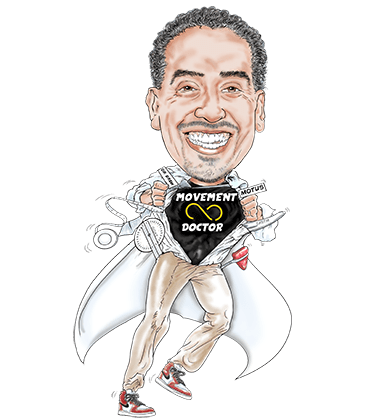Core Muscle Injury (Sports Hernia)
Sports hernia
If you are an athlete, there is a good chance you have heard of a sports hernia. This injury can be debilitating and frustrating to deal with. But what is a sports hernia and how do you know if you have one? Keep reading to learn more about this condition and how to treat it.
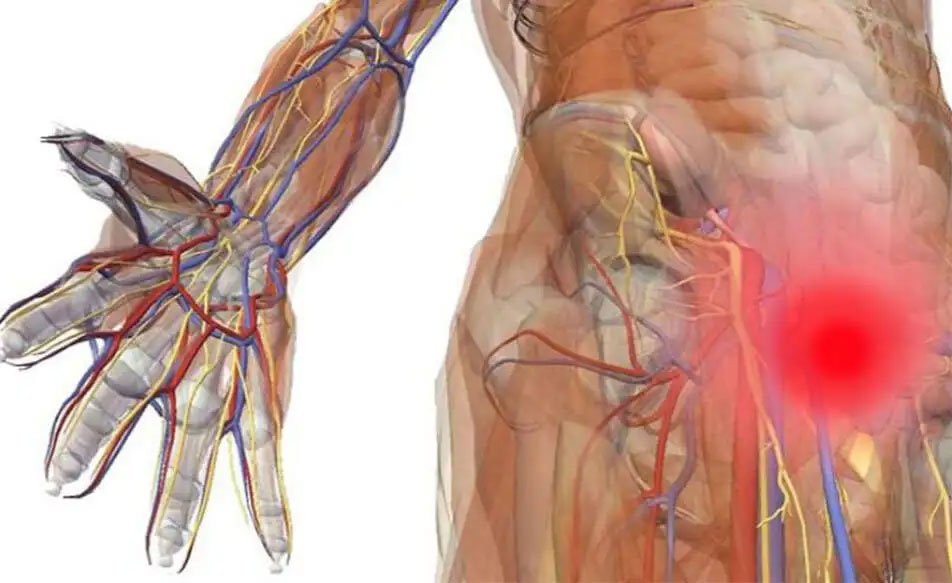
What is a sports hernia?
A sports hernia is a type of groin injury that most often affects athletes. The condition is caused by a tear in the inner thigh muscles or tendons in the lower abdominal and groin area. This can lead to groin pain and weakness in the affected area. Sports hernias are often difficult to diagnose because they can mimic other types of injuries.
Treatment typically involves rest, ice, and over-the-counter pain medication. Laparoscopic surgery is sometimes necessary to repair the damaged tissue in a traditional hernia.
What are the symptoms of a sports hernia?
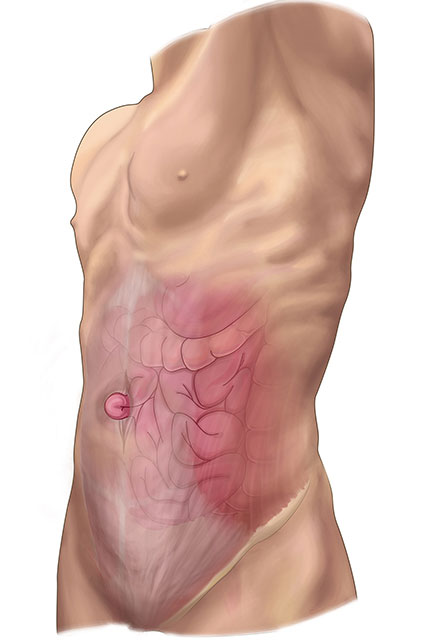
The most common symptom of a sports hernia is pain in the lower abdominal and groin area. This pain may be sharp or dull and is often worse with activity. Other symptoms may include:
» Weakness in the affected area
» Swelling
» Tenderness
» Difficulty moving the affected leg
How is a sports hernia diagnosed?
A sports hernia is often difficult to diagnose because it can mimic other types of injuries. Your doctor will likely ask about your symptoms and medical history. They will also perform a physical examination. This may include tests to check for weakness, tenderness, and range of motion in the affected area. Imaging tests, such as an MRI or ultrasound, may also be used to diagnose a sports hernia.
How is a sports hernia treated?
Treatment for a sports hernia typically involves rest, ice, and over-the-counter pain medication. Surgery is sometimes necessary to repair the damaged tissue. After surgery, you will likely need to take it easy for several weeks. Physical therapy may also be recommended to help strengthen the muscles and tendons in the affected area.
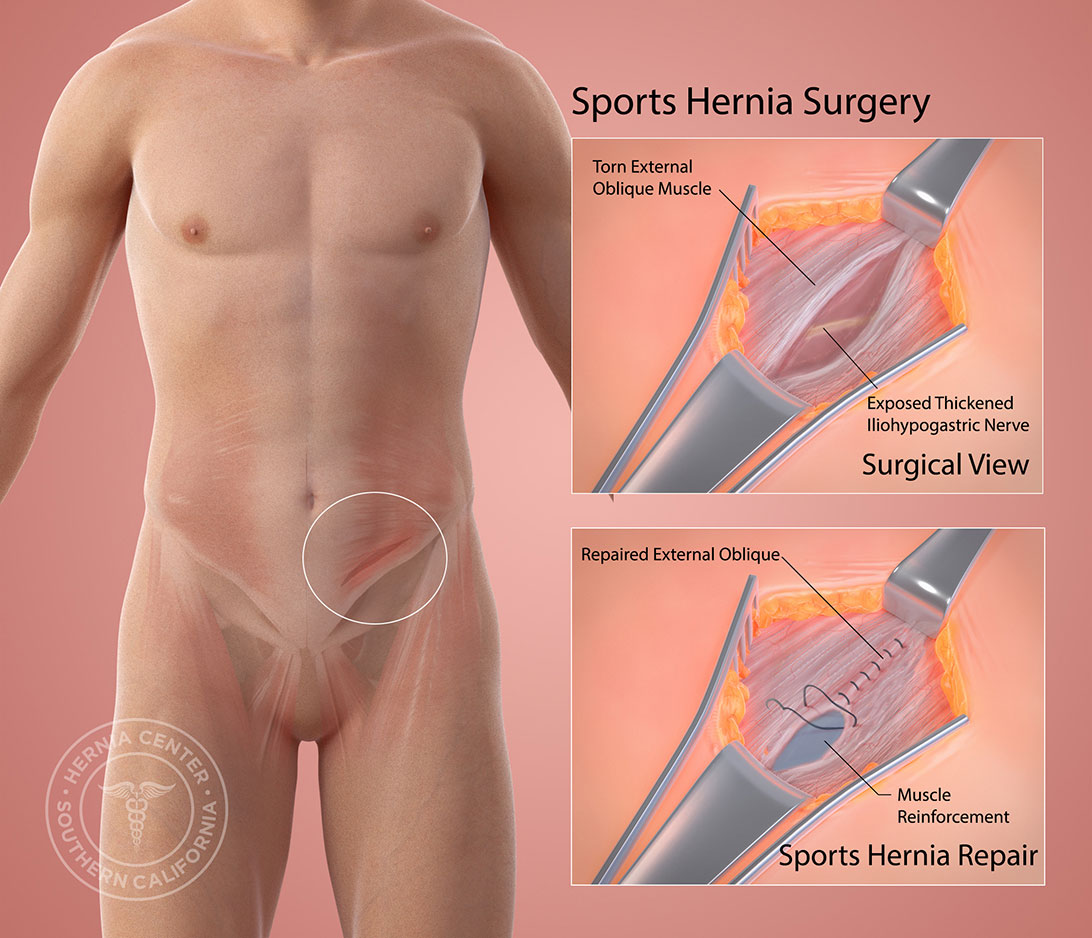
Prevention
There is no sure way to prevent a sports hernia. However, you can help reduce your risk by staying in good shape and using proper form when participating in sports or other activities. Core strengthening exercises also help in this problem. Wearing supportive equipment, such as a groin cup, may also help reduce your risk.
If you have any symptoms of a sports hernia, be sure to see your doctor. Early diagnosis and treatment is important to help prevent further damage to the muscles and tendons in your groin.
What are the risk factors for a sports hernia?
There are several factors that may increase your risk of developing a sports hernia. These include:
» Participation in high-impact sports, such as football or hockey
» Poor conditioning
» Muscle imbalance in the groin area
» Weakness in the abdominal muscles
» Previous injury to the groin area
Who is most at risk for a sports hernia?
Sports hernias occur mostly in athletes. However, anyone can develop the condition. People who participate in high-impact sports or activities that involve quick movements, such as tennis or soccer, may be at higher risk. Poor conditioning and muscle imbalance can also increase your risk. Tendons attaching the oblique muscles to the pubic bone are at high risk for developing this soft tissue injury.
What are the complications of a sports hernia?
If left untreated, a sports hernia can lead to further damage to the muscles and tendons in your groin. This can cause chronic pain and make it difficult to participate in activities you enjoy. Surgery is often necessary to repair the damage and relieve symptoms. Physical therapy may also be needed to help strengthen the muscles and tendons in your groin.
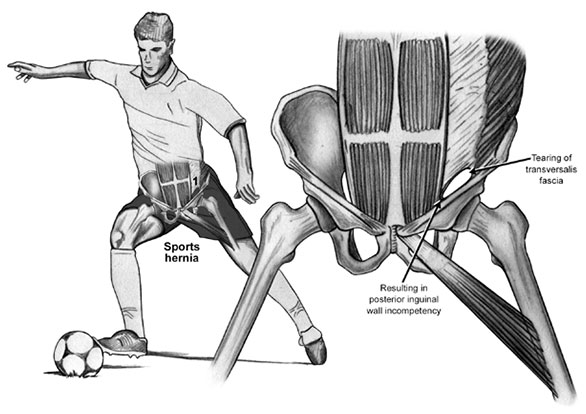
When to see a doctor
If you have any symptoms of a sports hernia, such as pain or tenderness in your groin, see your doctor. Early diagnosis and treatment is important to help prevent further damage to the muscles and tendons in your groin.
Recovery time for a sports hernia
Recovery time for a sports hernia can vary depending on the severity of the condition. However, most people can expect to be out of commission for at least six weeks. This time frame allows for the tissue to heal properly and for any associated inflammation to subside. Surgery is typically required to correct a sports hernia, so the recovery time will also depend on the type of procedure that is performed. In most cases, though, individuals can return to their regular activities within two to three months.
If you have suffered a sports hernia, it is important to rest and allow your body to heal. Avoiding strenuous activity and giving your body time to recover will help ensure that you do not experience any long-term effects from the injury. If you have any questions about your condition or the recovery process, be sure to speak with your doctor. They will be able to provide you with the best information and help you decide when it is safe to return to your normal activities.
Key points
A sports hernia is a condition that causes pain in the lower abdominal and groin area. It is often difficult to diagnose because it can mimic other types of injuries.
Treatment typically involves rest, ice, and over-the-counter pain medication. Surgery is sometimes necessary to repair the damaged tissue.
There is no sure way to prevent a sports hernia. However, you can help reduce your risk by staying in good shape and using proper form when participating in sports or other activities.
If you have any symptoms of a sports hernia, be sure to see your doctor. Early diagnosis and treatment is important to help prevent further damage to the muscles and tendons in your groin.
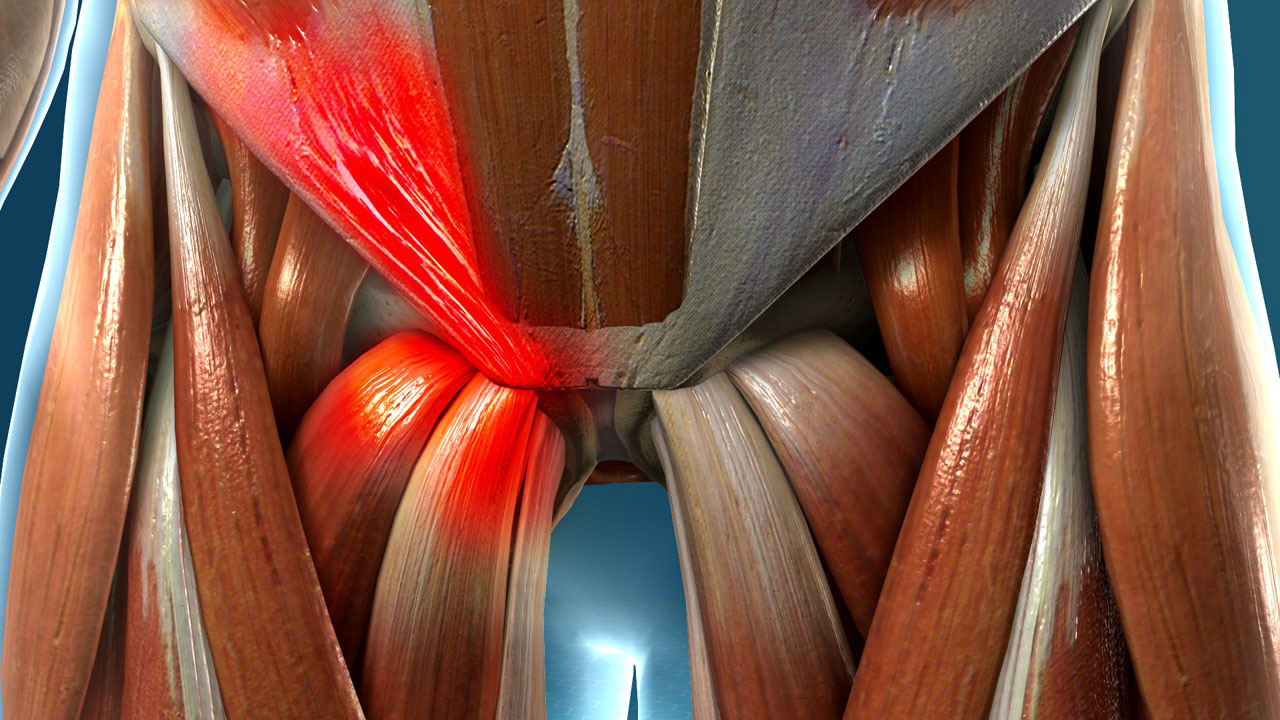
Frequently Asked Questions
Unfortunately, sports hernias do not go away on their own and sometimes require surgery to repair the tear.
However, with proper treatment and rehabilitation, most people are able to return to their previous level of activity.
A sports hernia (athletic pubalgia) often feels like a sharp or stabbing pain in the groin, lower abdomen, or lower back. The pain is usually worse with activity, coughing, or sneezing. It may also be aggravated by sitting for long periods of time.
Yes, a sports hernia can heal without surgery. However, it is important to see a doctor to get an accurate diagnosis and to rule out other possible causes of your pain.
Depending on the severity of your symptoms, you may need to take a break from physical activity or undergo physical therapy. Surgery is generally only recommended if other treatment options have failed.
There are a few different ways that doctors can check for a sports hernia. One way is to simply ask the patient about their symptoms and then perform a physical examination.
This physical examination may include a feeling for any tenderness or lumps in the groin area. The doctor may also order an imaging test, such as an ultrasound or MRI, to get a better look at the area.
Finally, the doctor may also recommend a surgical exploration of the area to get a definitive diagnosis.
An inguinal hernia occurs when a portion of the intestines protrudes through a weakness in the abdominal wall. This type of hernia is most common in men and often occurs on one side of the body. Symptoms of an inguinal hernia may include pain or discomfort in the groin area, a bulge in the area, or a burning sensation. If the hernia is left untreated, it can lead to serious complications such as intestinal blockage or strangulation. Treatment for an inguinal hernia typically involves surgery to repair the abdominal wall weakness and prevent further prolapse. In some cases, a hernia support belt may be worn to help relieve symptoms.
Have you been injured at some point in your journey?
Are you not achieving your highest level of function?
We’ve helped hundreds of people at all walks in life
get back to performing their best painfree!
3 Ways to Level Up Your Rehab and Injury Prevention With Us
3 Ways to Level Up Your Rehab and Injury Prevention With Us





